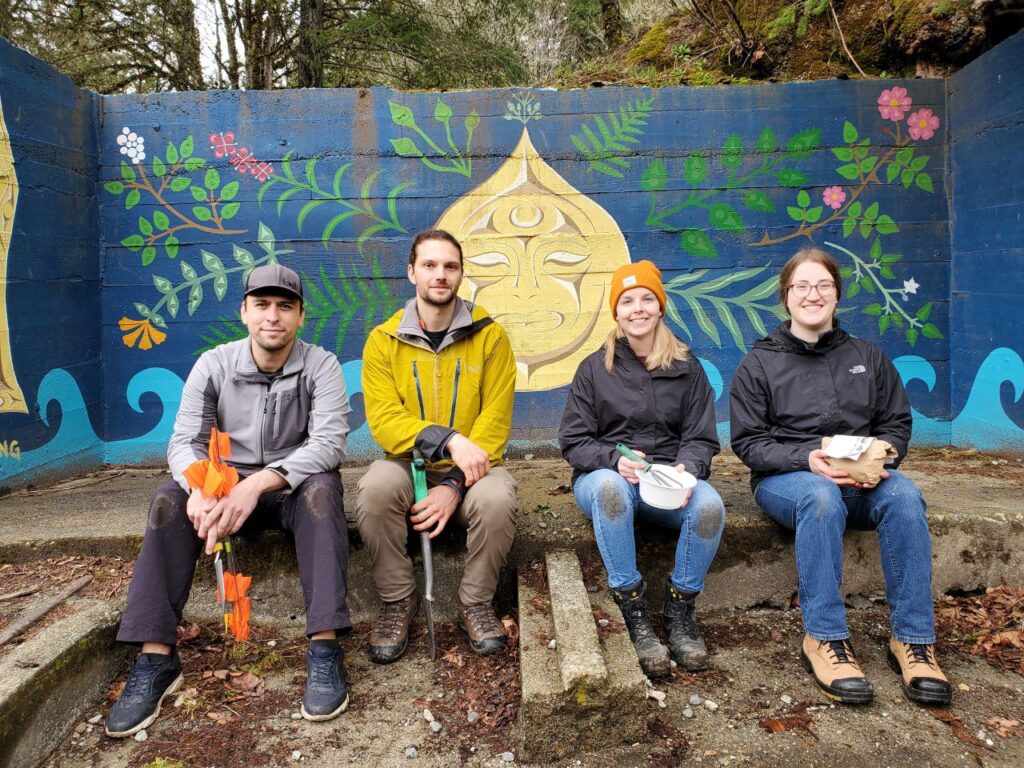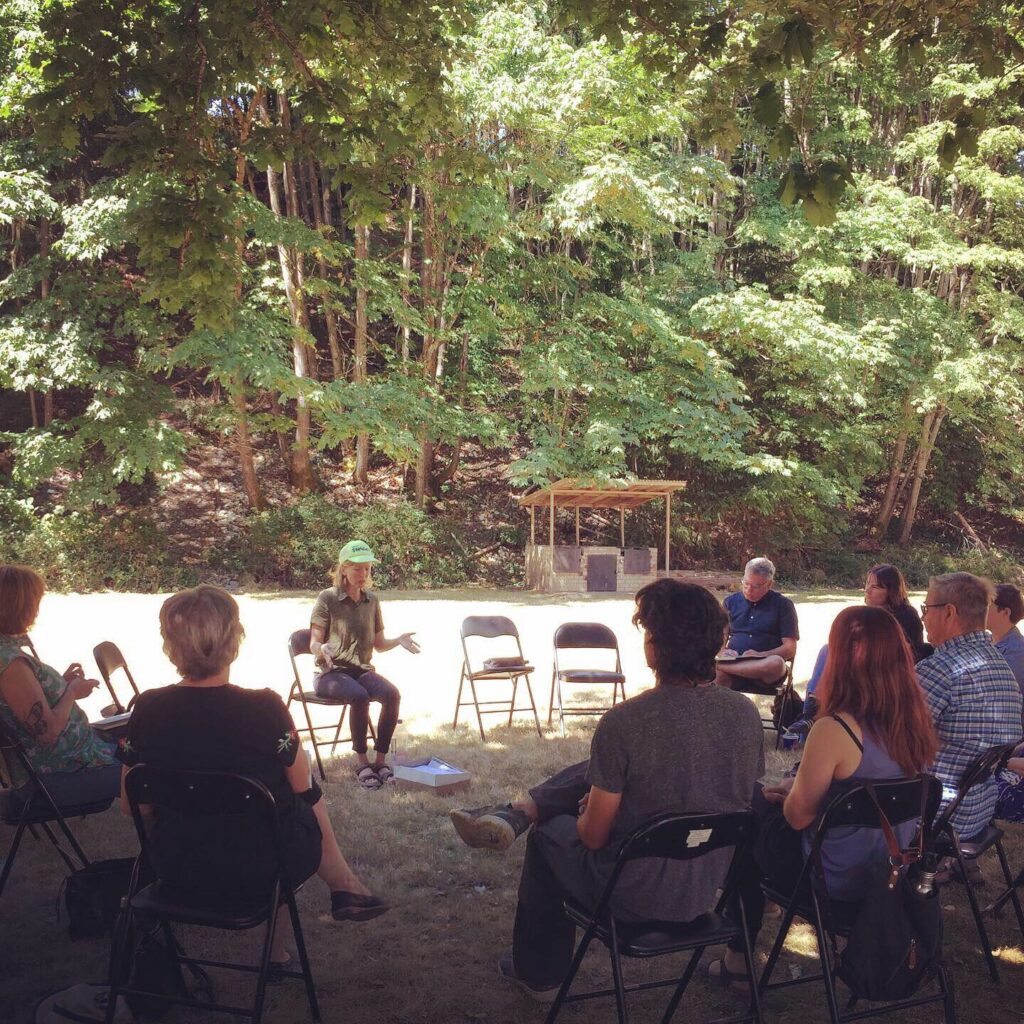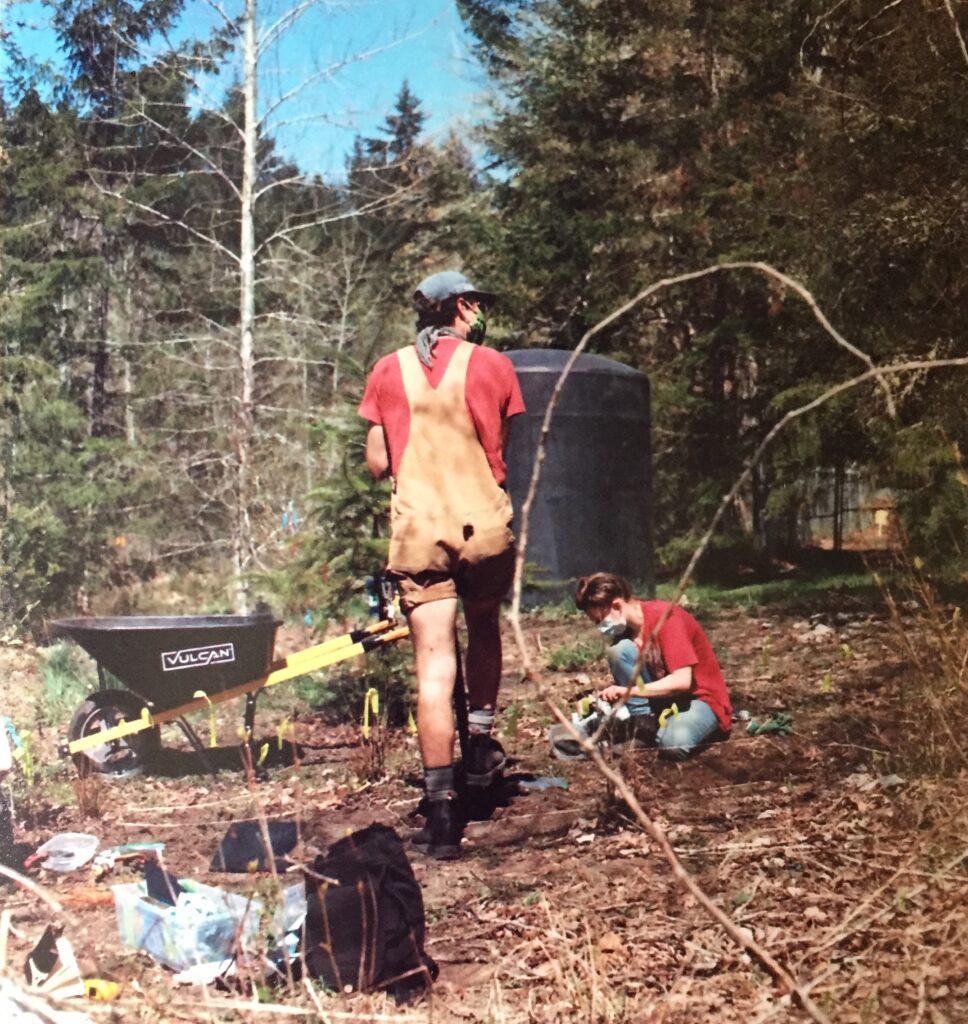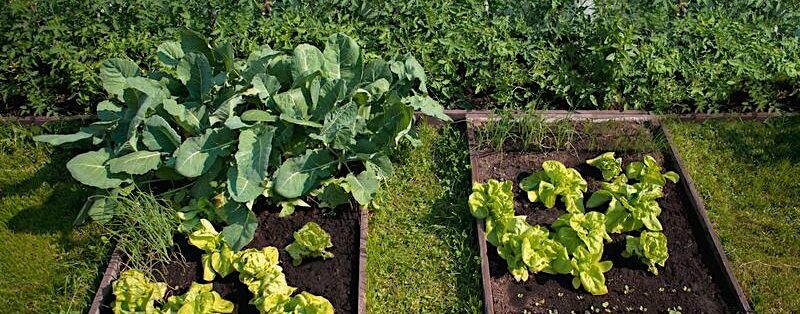
Fall Plant Sale: August 10, 10am-2pm
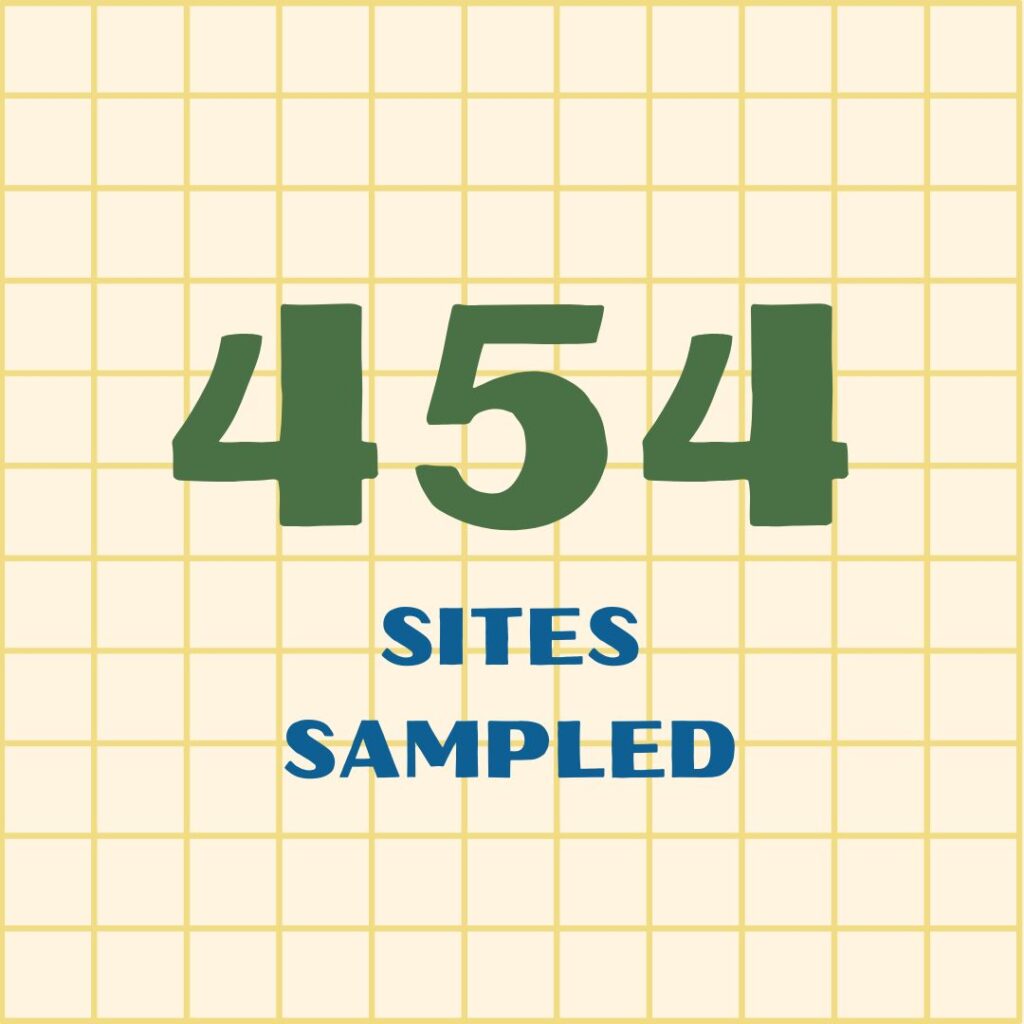

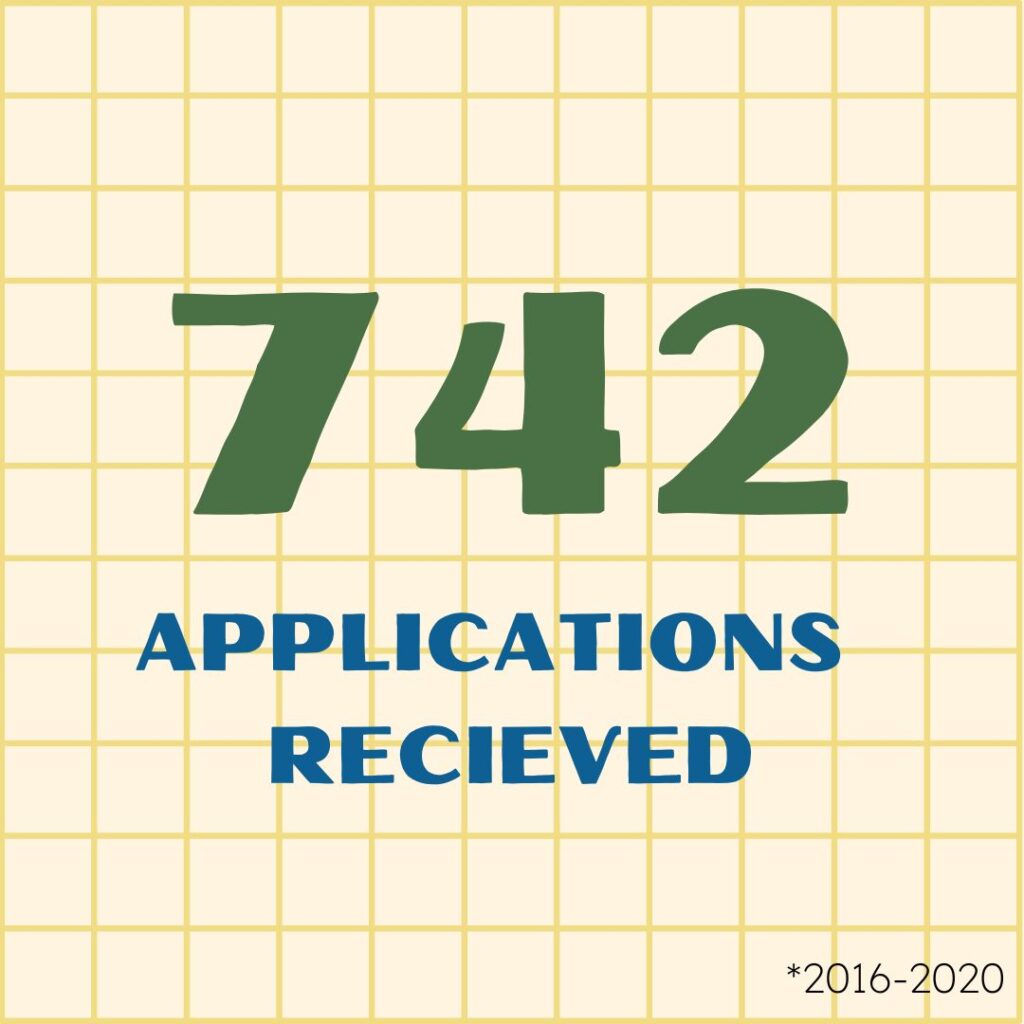
Through the Healing City Soils (HCS) program, we analyze the region’s soil heath for heavy metal contamination.
Soil testing can be expensive, and the results are often complex, confusing, and disheartening. The uncertainty of soil contamination, the expense of soil testing, and the opaqueness of soil testing results are all barriers that prevent people from growing their own food.
To address these barriers, we collaborate with Professor Matt Dodd at Royal Roads University (RRU), environmental toxicologist Danielle Stevenson, and the PEPÁḴEṈ HÁUTW̱ Foundation. Every spring, we welcome applications from growers and gatherers through the Capital Regional District (CRD) who are interested in getting their soil tested. Over the summer, we mentor RRU environmental science students in performing heavy metal soil analysis and in the fall, we share the soil testing results with program participants along with informative factsheets and free workshops. Our objective is to empower CRD residents to heal their soil and grow food safely.
One of the most common questions we receive when disseminating the soil testing results and accompanying education is: “If my soil is contaminated, what can I do?”
To explore this research question, we launched a research pilot, Ground Beneath Our Feet, in 2019 to explore the use of compost, native plants, and fungi to remediate contaminated soils. With the support of RRU environmental science students, we tend to three different plots in the CRD every summer including one at SṈIDȻEȽ, the first village site of the W̱SÁNEĆ people. We hypothesize that we can bioremediate the region’s soil in the long-term via this sustainable approach, and we are committed to contributing to this emergent research.
Through HCS, we dismantle barriers to people growing their own food; educate on how soil health is vital to local ecosystems, community wellbeing, and mitigating climate change; and build community around restoring damaged soils. We support the community in getting to know the soil beneath our feet. We want everyone to understand that the soil holds a memory of the region’s industrial past and present – and that we can build community around healing it.
A key piece of this project is raising awareness; sharing information to inspire safe and healthy food production here in the city; and empowering people with the necessary skills to build the health of their soil if contaminants are found. Check out these factsheets & workshops with specific information for Victoria residents.
Getting to know your soil (including how to understand a soil test)
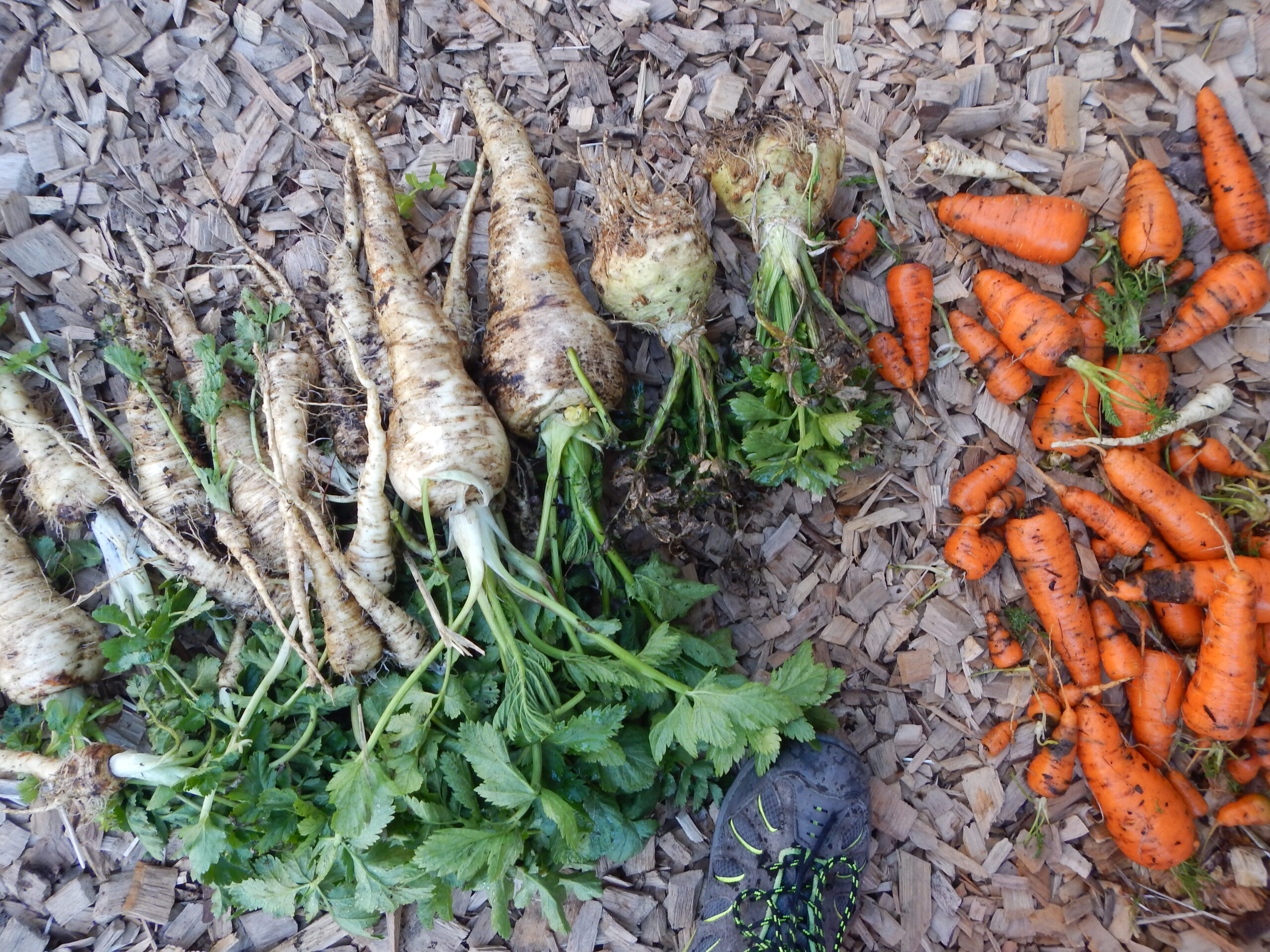
Learn how to work with plants, mushrooms, and compost to reduce your risk of contaminant exposure.

An introduction to learning about the relationships between native and non-native plants and mycelia and how they are used in remediation processes involving low-to-moderate levels of heavy metal contamination.
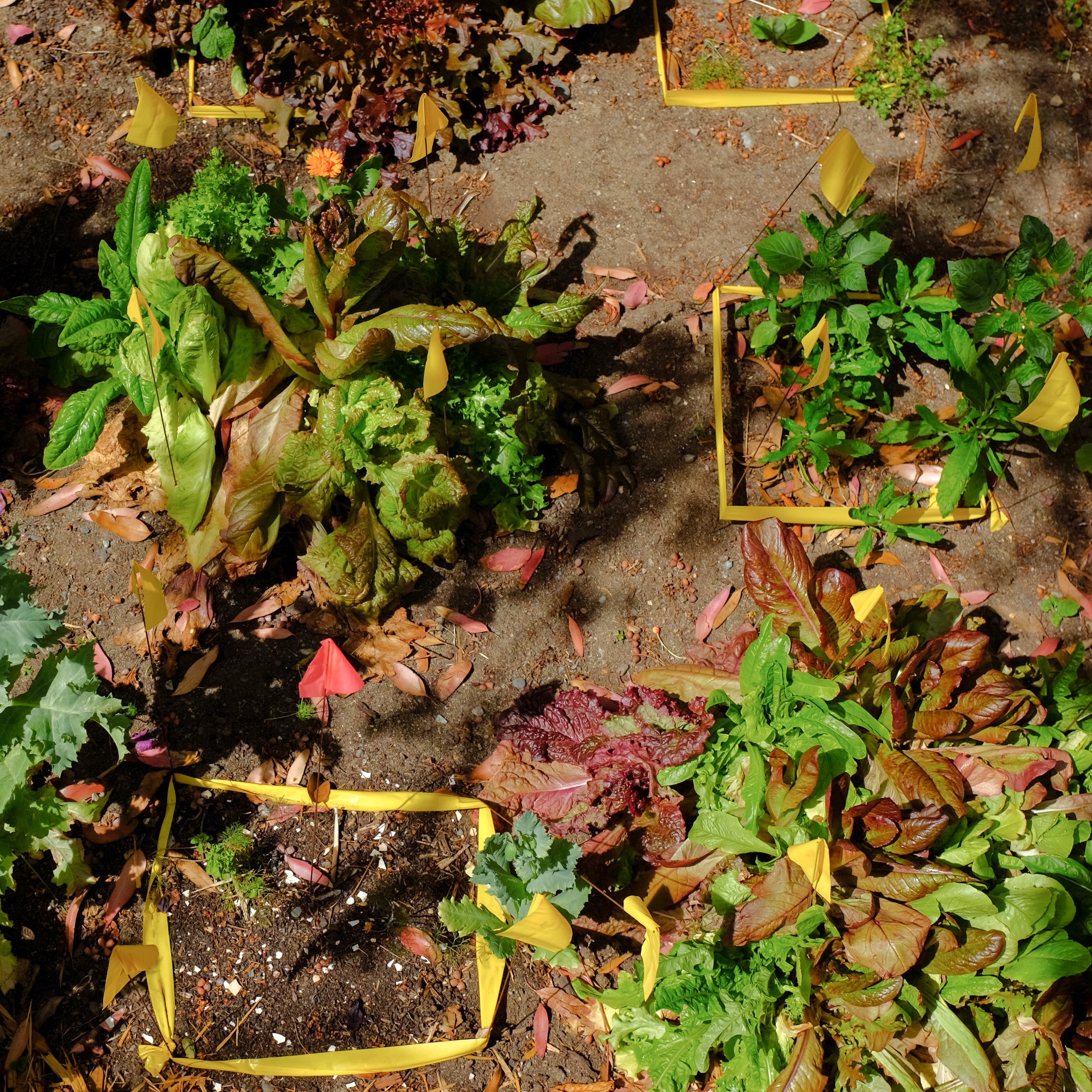
Learn about heavy metal soil contamination, interpret soil test results, and the best practices for growing food near contaminated soils.
Register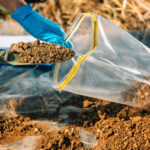
Learn about heavy metal soil contamination, interpret soil test results, and the best practices for growing food near contaminated soils.
Register
